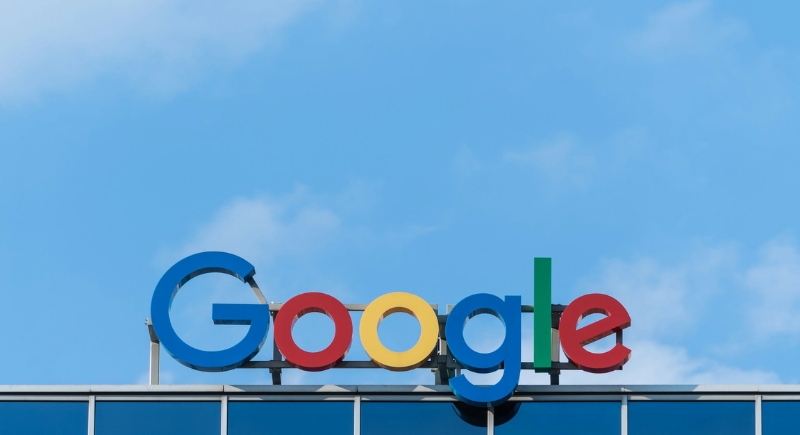Why YouTube Now Dominates the Television Industry
When did you last sit down to watch scheduled television? If you’re among the growing majority of Americans, that answer might be weeks or even months ago. The number of cord-cutting households has doubled since 2018, rising from 37.3 million to a projected 77.2 million by 2025, while traditional pay TV is now in only about a third of U.S. homes.
For many people, “watching TV” now means opening YouTube on their television screen. YouTube hit a record 11.1% of all TV viewing time in December, while streaming usage overall has reached 44.8% of total TV time, now higher than broadcast and cable viewing combined. The shift has been both gradual and sudden, and most people suddenly realize they’ve been using a completely different definition of television than they had five years ago.
This simple change in consumer preference actually represents the emergence of an entirely new economic model that has made YouTube the most strategically valuable television entity today.
The Economics Behind the Dominance

Image via Unsplash/Nathan Dumlao
Traditional television operates on a scarcity model built around scheduled programming and limited advertising slots. YouTube eliminated both constraints simultaneously. The platform generates revenue from billions of creators producing content continuously, while algorithmic distribution ensures every piece of content finds its intended audience regardless of when it was published.
YouTube’s estimated market valuation stands at $550 billion, compared to Netflix’s $520 billion. This valuation represents the market’s recognition that YouTube has solved television’s fundamental economic problem: how to monetize infinite content efficiently.
The platform’s advertising model operates with precision that traditional broadcasters cannot match. While television networks sell demographic approximations to advertisers, YouTube delivers exact audience targeting based on viewing behavior, search history, and engagement patterns. Naturally, this comes with premium pricing from advertisers who can measure return on investment with unprecedented accuracy.
The Creator Economy Advantage
YouTube’s greatest strategic asset lies in its relationship with content creators. Traditional television networks pay enormous sums for talent, production facilities, and content creation. YouTube reversed this model entirely by making creators responsible for their own production costs while sharing advertising revenue.
This approach creates several compounding advantages. First, YouTube accesses unlimited content production capacity without capital investment. Second, creators have direct financial incentives to optimize their content for audience engagement rather than network preferences. Third, the platform benefits from millions of entrepreneurs constantly experimenting with new formats and ideas.
The resulting content library grows exponentially while traditional networks struggle to fill their programming schedules profitably.
Technological Infrastructure as Competitive Moat

Image via Unsplash/Pawel Czerwinski
Google’s technological foundation provides YouTube with capabilities that media companies cannot replicate independently. The platform processes over 500 hours of video uploads every minute while delivering content globally with minimal buffering or quality degradation.
Traditional broadcasters attempting to build similar streaming capabilities face enormous infrastructure costs without Google’s existing cloud computing advantages. This technological gap widens rather than narrows over time, as YouTube benefits from Google’s continuous investment in data centers, artificial intelligence, and global content delivery networks.
The recommendation algorithm represents perhaps the most valuable technological asset in television. While traditional networks hope viewers will watch scheduled programming, YouTube’s algorithm actively matches content with interested audiences. This fundamental difference means YouTube content performs consistently regardless of publication timing, while traditional television content becomes worthless after its scheduled broadcast window.
Demographic Capture and Retention
For the first time, more people in the U.S. are watching YouTube on their televisions than on mobile devices. This shift demonstrates YouTube’s successful transition from mobile entertainment to primary television replacement.
Younger viewers increasingly view YouTube as their default television experience. These demographics bring higher lifetime value because they represent decades of future viewing time. Traditional networks face the opposite challenge: their core audiences age without replacement from younger demographics.
The platform’s multi-format approach also accommodates different viewing preferences within the same ecosystem. Users can watch long-form content, short videos, live streams, and podcasts without switching platforms.
Global Scale Without Geographic Constraints

Image via Unsplash/NordWood Themes
YouTube operates as a single global platform while traditional television remains fragmented by geographic boundaries and regulatory frameworks. This global scale provides economic advantages that regional broadcasters cannot match. Content creators can instantly access worldwide audiences. A cooking channel focusing on regional cuisine can attract viewers globally. Not only that, but the platform’s global advertising marketplace allows brands to reach precise demographics regardless of geographic location.
Data Advantage and Audience Intelligence
YouTube’s data collection capabilities exceed traditional television by several orders of magnitude. The platform tracks not only what content users watch, but how they discover it, how long they engage with it, when they stop watching, and what they watch next.
This data enables content optimization that traditional television cannot achieve. Creators receive detailed analytics about audience behavior, which allows them to refine their content for maximum engagement.
The advertising implications are profound. YouTube can demonstrate actual viewer attention and engagement to advertisers, while television networks sell estimated audience impressions. The difference in measurement precision translates directly into higher advertising rates and better campaign performance.
The Network Effect in Action
YouTube benefits from powerful network effects that strengthen its competitive position over time. More creators attract more viewers, which attracts more advertisers, which increases creator revenue, which attracts even more creators.
Traditional television networks face the opposite dynamic. Higher content costs reduce profitability, which limits investment in new programming, reduces audience attraction, and decreases advertising revenue. This negative spiral explains why many established networks struggle with declining viewership and revenue.
The platform’s comment system, subscriber relationships, and recommendation algorithm create viewer investment that extends beyond individual videos. Users develop relationships with creators and discover new content through community engagement.
Future-Proofing Through Adaptability
YouTube’s platform structure allows rapid adaptation to changing viewer preferences and technological developments. The company can introduce new features, content formats, or monetization methods without rebuilding fundamental infrastructure.
This adaptability advantage becomes more valuable as entertainment technology continues to evolve. YouTube can incorporate emerging trends like virtual reality, interactive content, or artificial intelligence without coordinating with multiple production teams and network executives.
The television industry’s transformation is complete. YouTube has become not just a competitor to traditional television, but its replacement. There’s no doubt that it’s a fundamentally superior business model.